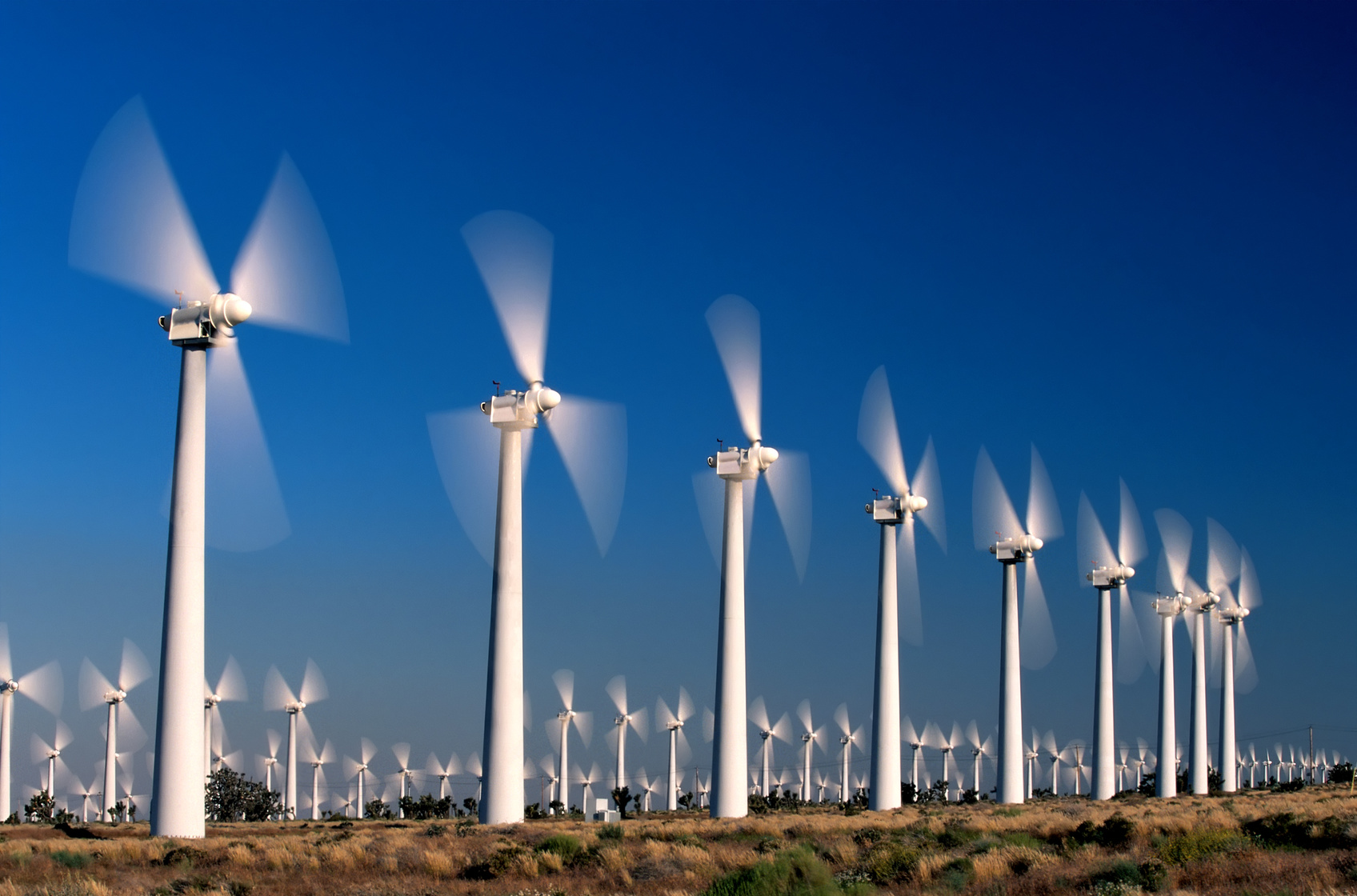Ontario’s New Long Term Energy Plan Stays the Course

On October 26, 2017, Ontario’s Minister of Energy Glenn Thibeault released Ontario’s 2017 Long-Term Energy Plan (2017 LTEP). This long-awaited document is intended to set the course for Ontario’s energy supply over the coming years. While the 2017 LTEP does include some new plans and initiatives, for the most part the 2017 LTEP describes the impacts and next steps associated with already-announced items. According to the 2017 LTEP (as highlighted in the accompanying press release), the average Ontario consumer will pay less for electricity over the next ten years than what had been forecast in the 2013 LTEP.
The Ministry of Energy is the author of the 2017 LTEP, as contemplated by the Energy Statute Law Amendment Act, 2015 (discussed here). This stands in contrast to prior LTEPs which were more traditional “planning documents” prepared by the Independent Electricity System Operator (IESO). While the Ontario Energy Board (OEB) will be called upon to implement aspects of the 2017 LTEP, there is no requirement for the 2017 LTEP to be reviewed or approved by the energy regulator.
The 2017 LTEP draws on consultations with a variety of stakeholders as well as several reports: the IESO’s Ontario Planning Outlook (discussed here); the Fuels Technical Report (discussed here); and the Ministry of Energy’s Planning Ontario’s Future discussion paper (discussed here). Taking these items into account, the Ministry of Energy concludes that the electricity system is well-positioned to meet demand over the next 20 years. While there will be some need for additional electricity capacity starting by around 2023, this is anticipated to be met through market-based approaches that are expected to be cost-effective.
The 2017 LTEP is organized into eight chapters, each of which focuses on a different topic. Examples are “Ensuring Affordable and Accessible Energy,” “Ensuring a Flexible Energy System,” “Innovating to Meet the Future” and “Responding to the Challenge of Climate Change.” Each chapter sets out the government’s plans to address the challenges of that topic over the near and long-term future.
A large number of the initiatives highlighted in the 2017 LTEP have previously been announced. Examples include the “Fair Hydro Plan” (see here), the IESO’s market renewal initiative (see here), innovative electricity pricing plans (see here) and investing Cap and Trade proceeds in carbon reduction initiatives (see here).
There are, however, a number of new initiatives announced in the 2017 LTEP. Examples include the following:
- Enhancing the net metering framework to allow different arrangements, such as third-party ownership of net-metered renewable generation facilities on a customer’s premises and “virtual net metering,” where a party could treat renewable generation in another location as offsets to the party’s own consumption.
- Reducing market and regulatory barriers to deployment of energy storage to encourage the cost-effective deployment of energy storage, where it can provide value to customers and the electricity system.
- Expanding opportunities for electricity distributors (LDCs) to offer “non-wires” solutions to customers, such as customer-connected energy storage, electric vehicle infrastructure and encouraging joint service partnerships.
- Directing the IESO to establish a formal process to plan the future of the province’s bulk transmission system, including a new GTA West bulk reinforcement project.
- Providing the OEB with greater oversight over unit sub-meter providers, with the goal of enabling consumers in multi-unit buildings to have “similar protections as LDC customers.”
For the most part, the new initiatives set out in the 2017 LTEP will require legislative changes and/or support and implementation from agencies such as the OEB and the IESO. We will report further as implementation steps are taken.

